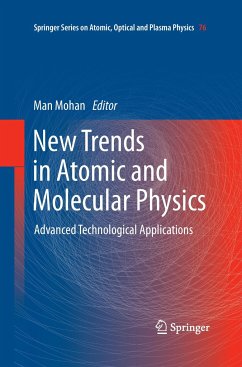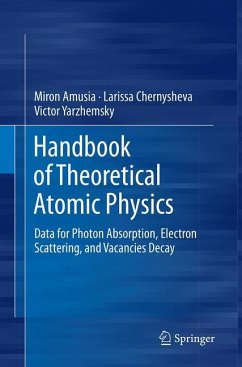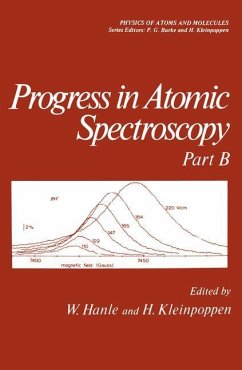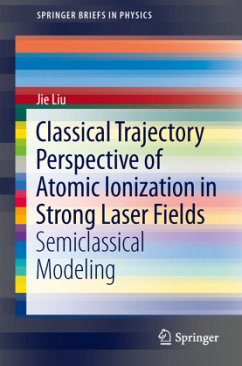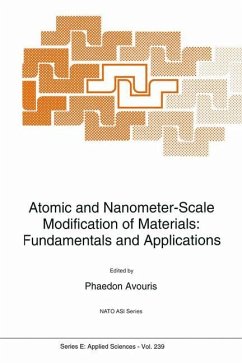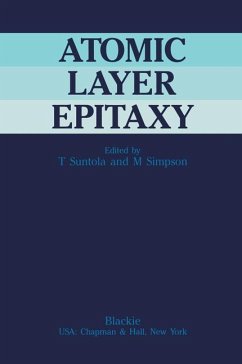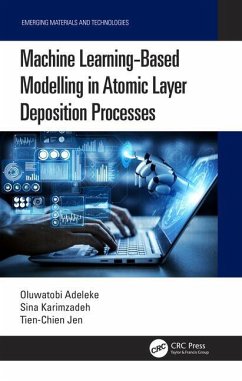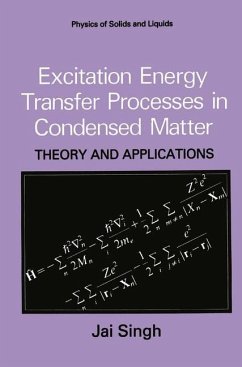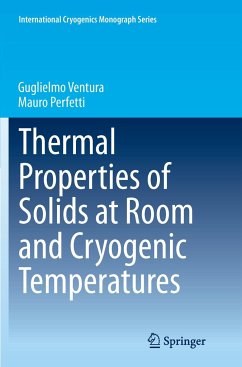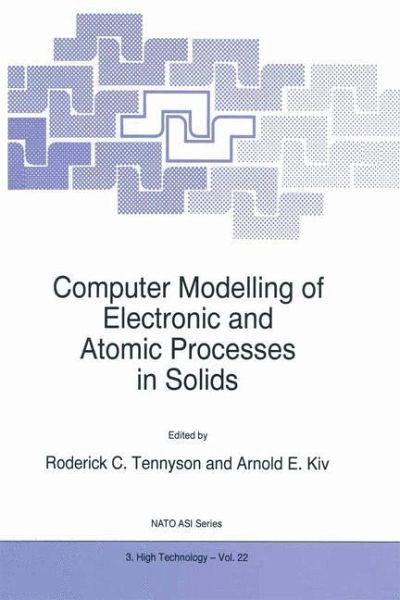
Computer Modelling of Electronic and Atomic Processes in Solids
Versandkostenfrei!
Versandfertig in 6-10 Tagen
38,99 €
inkl. MwSt.

PAYBACK Punkte
19 °P sammeln!
This publication presents the proceedings of the NATO Advanced Research Workshop (ARW) on Computer Modelling of Electronic and Atomic Processes in Solids. This ARW was held at Szklarska Poreba, Wroclaw, Poland from May 20 -23, 1996, and brought together scientists from Canada, England, Germany, Israel, Latvia, Poland, Russia, Switzerland, United States, Ukraine and Uzbekistan. The NATO Advanced Research Workshops program is designed to increase collaboration and exchange of knowledge between the Eastern and Western scientific communities. This particular NATO ARW has already succeeded in that ...
This publication presents the proceedings of the NATO Advanced Research Workshop (ARW) on Computer Modelling of Electronic and Atomic Processes in Solids. This ARW was held at Szklarska Poreba, Wroclaw, Poland from May 20 -23, 1996, and brought together scientists from Canada, England, Germany, Israel, Latvia, Poland, Russia, Switzerland, United States, Ukraine and Uzbekistan. The NATO Advanced Research Workshops program is designed to increase collaboration and exchange of knowledge between the Eastern and Western scientific communities. This particular NATO ARW has already succeeded in that effort, and has spawned collaboration agreements and programs. One joint project in space materials has led to the launch of an experiment to the Russian MIR space station. This NATO ARW was also fortunate to be held concurrently with a workshop of the Wroclaw Technical University, in the same location, which focused on glass materials, thus providing for a larger scientific audience for a number of presentations of both groups. The primary emphasis of this ARW was on computer models, ranging from fundamental atomic, molecular and electronic structures and processes, through to macroscopic descriptions of materials in terms of their structure and properties. Various elements discussed in these proceedings include environmental effects, predictions of properties, correlations with experiments and material performance parameters. Applications to space and electronics were emphasized.



